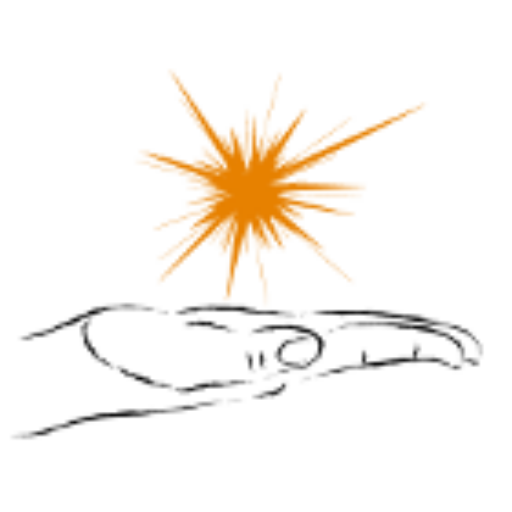You can hear here and there that Kanban scales up pretty well. Actually one of Scrum issues, and I believe one that isn’t addressed neatly, is what to do in projects that take more people than a single Scrum team can accommodate. Definitely one thing which is surfaced pretty soon as Scrum team grows is standup meetings.
As you go with three standard questions through growing team it naturally takes more and more time. Soon it can be a problem to fit into short time-box you have for such meetings.
When team are adopting Kanban they usually leave standup unchanged. However it means that, at some point, they face the same issue as Scrum teams do – 15 minutes is not enough anymore.
Recently Jorn Hunskaar shared such story on his blog. It prompted me to combine a bunch of ideas into a single answer that can be a guide how to improve standups organized around Kanban board. I left a lengthy comment on Jorn’s blog although I believe it is worth to share the idea here as well.
Instead of running typical round-the-table with answers about what happened yesterday, what is going to happen today and what issues are there you may try to redesign the pattern you follow on standup.
- First, go through all the blockers (if there are any). These are definitely your pain points at any given moment. It means that you definitely want to invest precious standup time on blockers. This is no-brainer.
- Second, discuss expedite or emergency items (again, if there are any). This is top priority work from the perspective of the whole team. This is something you really need to get done even at cost of delaying other work. Again, something which is worth investing scarce resource into.
- Third, go through items that hasn’t moved since last standup. These are items which may be risky. Maybe they weren’t supposed to move but in this case it would be a quickie – not much discussion needed. Otherwise it is worth to have a brief analysis what happened that prevented moving cards forward. By the way, it means that you should have some kind of mechanism to mark index cards which aren’t moving, which is usually tricky.
- Fourth, go through everything else. One more guidance you can have is discussing items of one class of service after another in order of priorities. In other words you start with highest priority class of service (bugs, critical features or what have you) and discuss all items of this class of service. Then you move to another one. Well, at least this can work considering that you can tell which class of service is more important than other.
One more rule would definitely be reasonable: within each of these groups you start from the right side of the board and go to the left. This shows that the closer an item is to being done the more you want to discuss it as you are closer to complete it, thus bring value to your users, clients and stakeholders.
Now, up to this point there is little difference – you still go through every single work item which is on the board. There is different focus on issues and you may skip discussing obvious pieces of completed work but still, a lot of stuff to go through.
However, given that you’ve just sorted topics to discuss by priority you can just use a simple trick and just finish discussion when the time of the meeting has elapsed, no matter if you were able to finish all the things. It likely means that you’ve covered all the items from first three groups, and definitely all of them from first two, and whatever leftovers you have are items which require least discussion or no discussion at all.
It also means that on a good day you can cover all things, or more things than on worse day, but that’s perfectly OK. What you basically need is to ensure that most important stuff doesn’t go unmentioned.
Going a step further means that you can skip a discussion over a specific groups or sub-groups of items, e.g. a specific class of service, when you see it doesn’t really add any value. If you aren’t sure try to cover it during standups and see what outcome you get. Then you can start experimenting with the plan of the meeting.
Ideally, after some time, you will end up discussing only important stuff, say, blockers, expedited and stalled items and maybe others which are brought by any team member for an important reason and just skip regular work which needs no more attention than a silent confirmation that everything is perfectly fine.

Leave a Reply